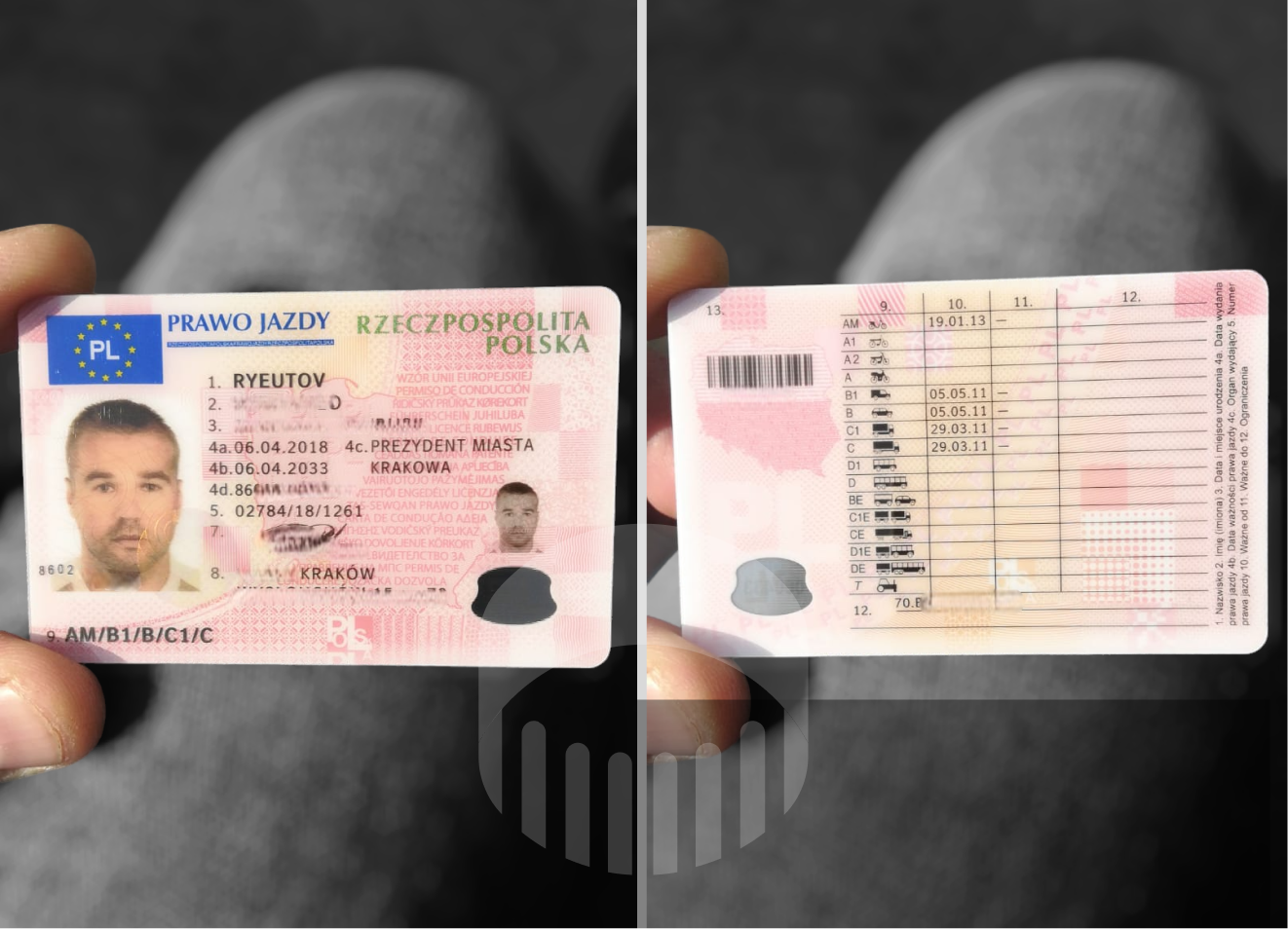20 Resources To Make You More Effective At Driving License Exam
Understanding the Driving License Exam: A Comprehensive Guide
The driving license exam is an important stepping stone for those wanting to protect their independence, assist in travel, and engage in different elements of modern life. It not only serves as a legal requirement but likewise guarantees that people are geared up with the needed skills to run an automobile safely. This article digs into the structure, requirements, preparation methods, and typical FAQs relating to the driving license test, offering an extensive understanding of what striving motorists can expect.
Structure of the Driving License Exam
The driving license test normally consists of two primary elements: the written test and the useful driving test.
1. Written Test
The composed part assesses a candidate's understanding of road guidelines, traffic indications, and safe driving practices. It often involves multiple-choice questions and true/false questions, covering subjects such as:
- Road indications and their significances
- Traffic laws and policies
- Safe driving methods
- Procedures for managing emergency situations
- Rights and duties of motorists
Prospects are normally required to study the local driver's manual, which details the relevant laws and guidelines for safe driving.
2. Practical Driving Test
Following a successful composed examination, prospects need to finish a practical driving test. This hands-on evaluation determines a prospect's capability to run a lorry and abide by traffic guidelines in real-world conditions. Key elements of the useful test consist of:
- Vehicle control and managing
- Obeying traffic signals and signs
- Browsing crossways and turns
- Correct use of mirrors and signal lights
- Parking techniques (parallel, perpendicular, etc)
- Responding to pedestrian and bicyclist existence
Both components are vital for acquiring a driving license, and sufficient preparation is important for success.
Requirements to Take the Driving License Exam
Requirements for taking the driving license exam differ by jurisdiction, however there are common prerequisites that a lot of prospects need to meet:
- Age Requirement: Most jurisdictions need prospects to be a minimum of 16 years old, although some might permit earlier testing with parental authorization.
- Student's Permit: Many regions need prospects to get a learner's license before taking the driving examination. This permit enables individuals to practice driving under adult supervision.
- Documentation: Candidates must supply valid recognition, evidence of residency, and, in some cases, documents of completed driver education courses.
- Practice Hours: Some jurisdictions mandate a minimum variety of practice hours behind the wheel before being eligible for the driving test.
Preparing for the Driving License Exam
Preparation is key to passing the driving license exam. Here are a number of methods prospects can use:
1. Study the Driver's Manual
- Thorough Review: Candidates must study their local chauffeur's handbook vigilantly because it includes vital information required for the written exam.
- Practice Tests: Numerous online resources offer practice tests that imitate the written evaluation format. Finishing these can help increase self-confidence and knowledge retention.
2. Practice Driving Skills
- On-the-Road Practice: Driving under the guidance of an experienced certified driver is important. Prospects should practice various driving maneuvers, including parking, lane modifications, and emergency stops.
- Mock Driving Tests: Conducting mock driving tests can be useful. Household members or buddies can examine the candidate's performance and offer feedback.
3. Take a Driver Education Course
- Professional Instruction: Many prospects decide to enlist in motorist education courses led by certified trainers. These courses provide valuable insights into traffic laws and safe driving practices, and frequently consist of both classroom and behind-the-wheel training.
- Comprehending Vehicle Mechanics: Familiarization with car controls, upkeep, and safety functions can boost self-confidence throughout the practical test.
Common FAQs about the Driving License Exam
Q: What should I cause the day of the test?
A: Candidates should bring valid identification, their student's authorization, any needed paperwork (like evidence of residency), and an effectively kept vehicle that meets all security requirements.
Q: How do I know if I passed my driving test?
A: After completing the practical driving test, the inspector will typically supply immediate feedback. If you pass, you will receive details on how to acquire your chauffeur's license. If you stop working, the examiner will offer insights on areas requiring enhancement and how to retest.
Q: How often can I retake the driving test if I stop working?
A: The retake policy varies by region. Some locations may permit prospects to retake the exam as quickly as the following day, while others may impose a waiting period of several weeks. It is crucial to inspect with the local Department of Motor Vehicles (DMV) or equivalent authority for specific policies.
Q: Can I take the driving test in a different car than the one utilized for practice?
A: Yes, candidates can take the test in a various car; however, the vehicle must meet safety and functional requirements. Karta Xpress Poland is advisable to familiarize oneself with the various controls of the new lorry prior to the exam.
Q: Are there accommodations for people with impairments during the driving test?
A: Most jurisdictions provide lodgings for people with specials needs. It is suggested to get in touch with the local DMV or comparable authority in advance to talk about particular requirements and available accommodations.
The driving license examination is a turning point for many hopeful chauffeurs. With its two primary components— the composed test and practical driving evaluation— it examines both theoretical knowledge and used driving skills. Understanding the structure, requirements, and preparation strategies can assist prospects approach the test with self-confidence. By adhering to standards and practicing vigilantly, people can shift smoothly from students to certified motorists, taking pleasure in the liberty that features driving.
